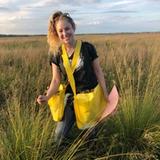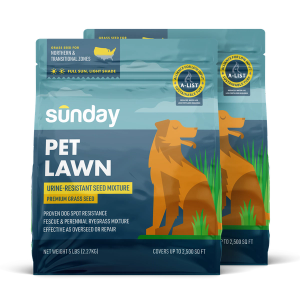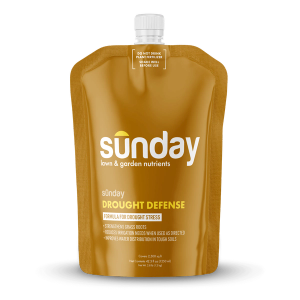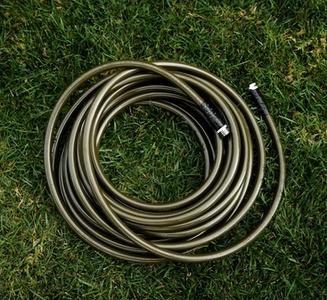Hummingbirds can be pretty particular when it comes to backyard accommodations. To attract frequent hummingbird sightings you need to build a birdy backyard habitat ready to support their foraging and lifecycle needs. So what do these phenomenally fast and fluttering friends need? A combination of the right food, water, and shelter. Set these up just right, and hummingbirds will return year after year.
Food
The right plants and supplemental food will significantly increase the chances of up-close hummingbird viewings in your backyard. Just like us, hummingbirds need a varied diet.
Plants
Hummingbirds are avid pollinators and need lots of flowering plants to support their diet. Native or regionally adapted flowering plants are the best sources of nectar for hummingbirds. Include a variety of flower colors, shapes, bloom times, and statures to support feeding for hummingbirds.
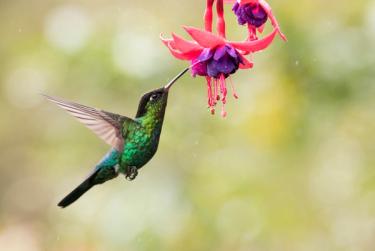
Insects
Although hummingbirds are known as nectar feeders, most of their diet requires high protein-packed insects. In fact, adult hummingbirds can consume and feed their young hundreds of insects in a day. By providing the right plants as food sources for hummingbirds, the flowers will also attract other insects that the hummingbirds can feed on too!
Sunday Tip:
The majority of the insects hummingbirds eat regularly are the flying pests we’re trying to control. Think mosquitoes, gnats, spiders, caterpillars, aphids, insect eggs, and fruit flies. Instead of reaching for pesticides, support habitats for birds like hummingbirds and see natural pest control in real time.
Nectar
This is where we can play an important role. Providing hummingbirds with supplemental nectar is a great way to support migrating hummingbirds before, during, and after nectar-producing flowers bloom. It’s also a great way to learn about, observe, engage your kids in nature, and have fun birding these incredible creatures.
Habitat
We’re talking about perching, resting, and nesting spots for hummingbirds. Plus, potential foraging habitat for insects too.
Perching
Small-but-mighty describes this fairly territorial bird. Hummingbirds appreciate perching POVs over the space they’re cohabitating with you and other wildlife.
Resting
Flapping 70 times per second is exhausting! Give these birds a resting spot to recoup, warm up, and maintain a safe distance from predators by offering plants, trees, shrubs, and vines. Ensure the majority of these plants are native to support better foraging habitat and the hummingbirds will be extra happy.
Nesting
If you’re already feeding the hummingbirds and have ample space, consider your yard a potential nesting spot for hummingbirds. Plant small thickets of trees and shrubs near the edges of your yard to provide ideal habitat for nesting hummingbirds.
Sunday Tip:
Hummingbirds will build nests using lichen, spider webs, and natural fibers like hair, fur, or cotton. Help hummingbirds find these items—leave spider nests be, let lichen grow, and clear out the dog brush somewhere in the yard to be utilized or compost naturally. Think you may have nesting hummingbirds? Look for tiny 1-inch cup-shaped nests on tree limbs.
Water
Moving water is the best-kept secret to attracting more birds to your backyard. The sound of moving water mimics sounds from nature and is inviting to birds. This is especially true for attracting hummingbirds. Due to their small size, hummingbirds prefer to access water from fountains, sprinklers, shallow pooling water, water droplets, or misting devices.
Sunday Tip:
Since hummingbirds are so small, they typically don’t utilize bird baths because the water is too deep. If you have a birdbath, try adding rocks to the water to create shallow depths near the edge of the basin.
Sunday loves hummingbirds
Sunday is based in Boulder, CO and we’re surrounded by Broad-billed Hummingbirds throughout each growing season. We support these birds and other migratory birds by turning the lights out each spring and fall. Join us in the Lights Out Pledge this year!
We also support nonprofits that restore hummingbird habitats by planting for pollinators and birds. Learn more about our 1% for the Planet partners and how they’re working to support hummingbirds on a national scale.
Cited sources
Bird your backyard. AgriLife Today, Texas A&M University Extension.
Bringing Nature Home. Doug Tallamy.
Gardening for Birds. Penn State University Extension.
How to Create a Hummingbird-Friendly Yard. National Audubon Society.
How to Make Hummingbird Nectar. National Audubon Society.


